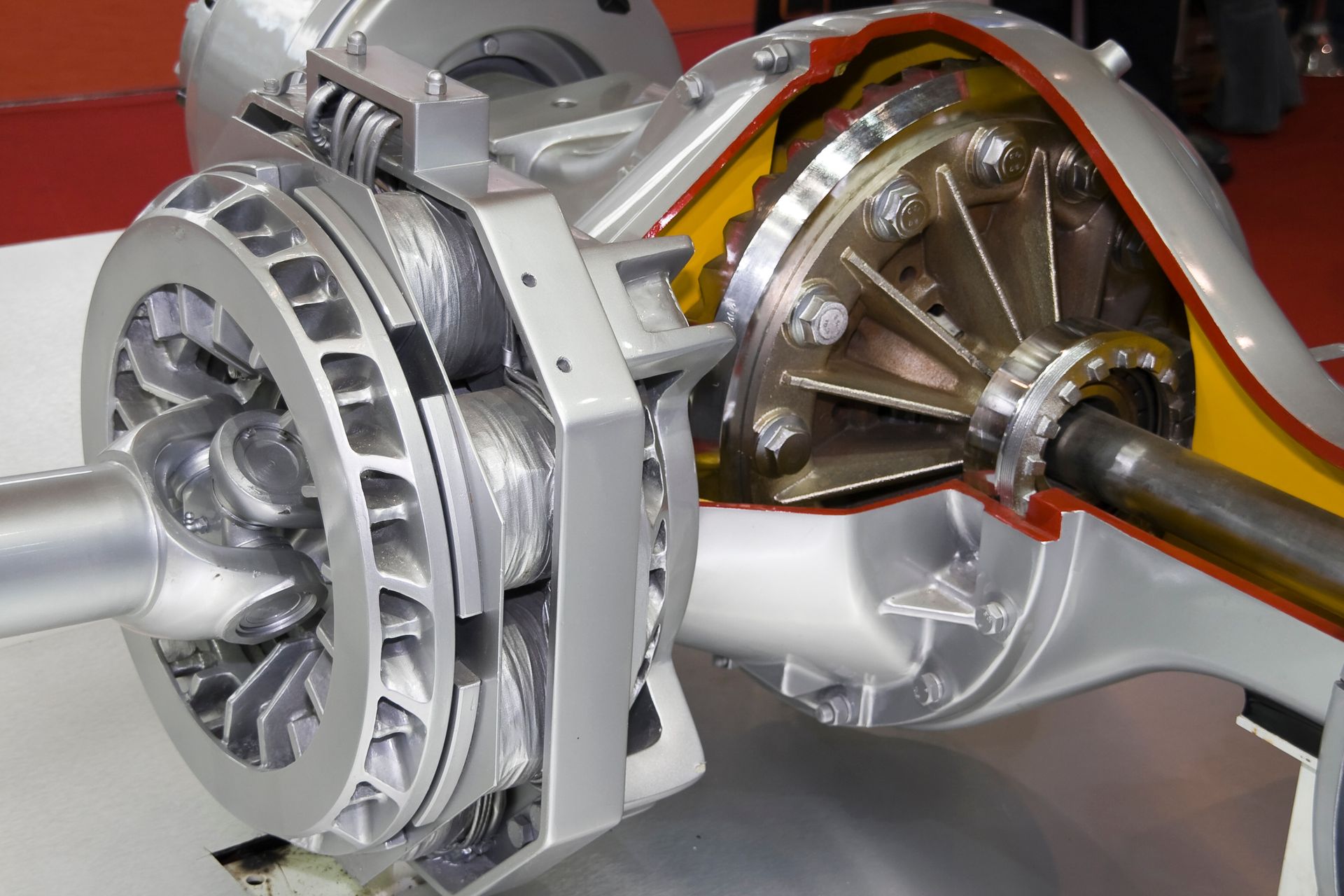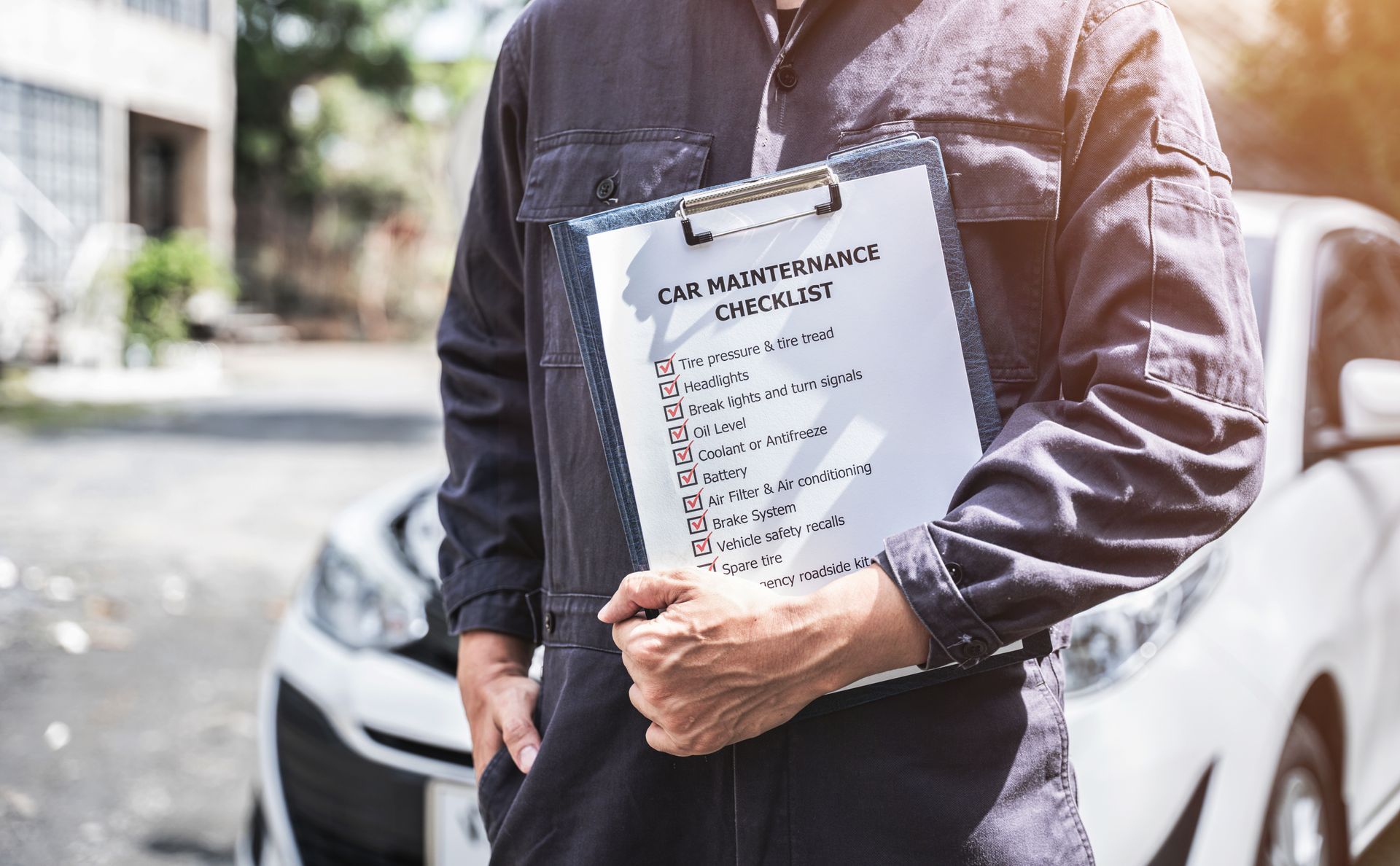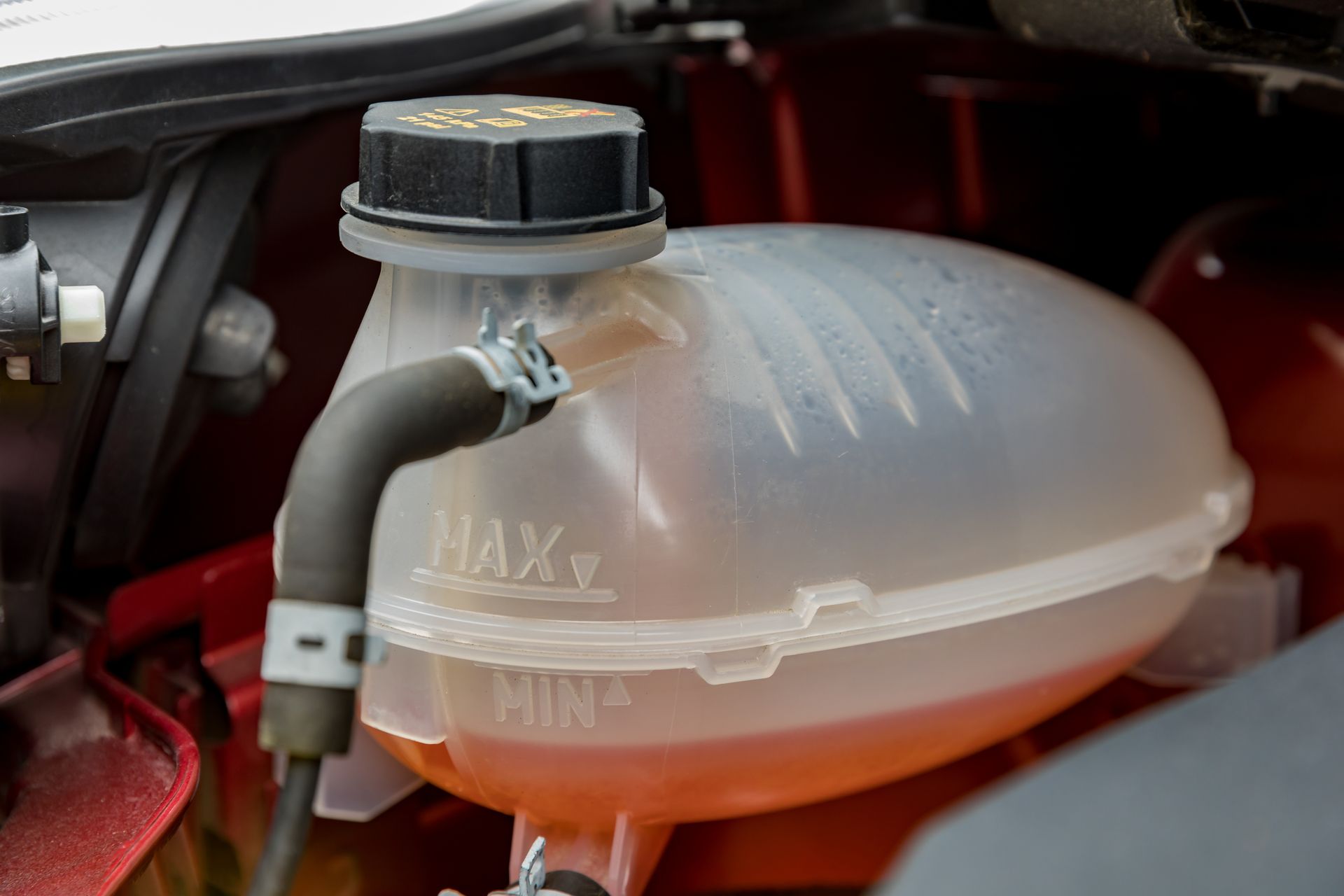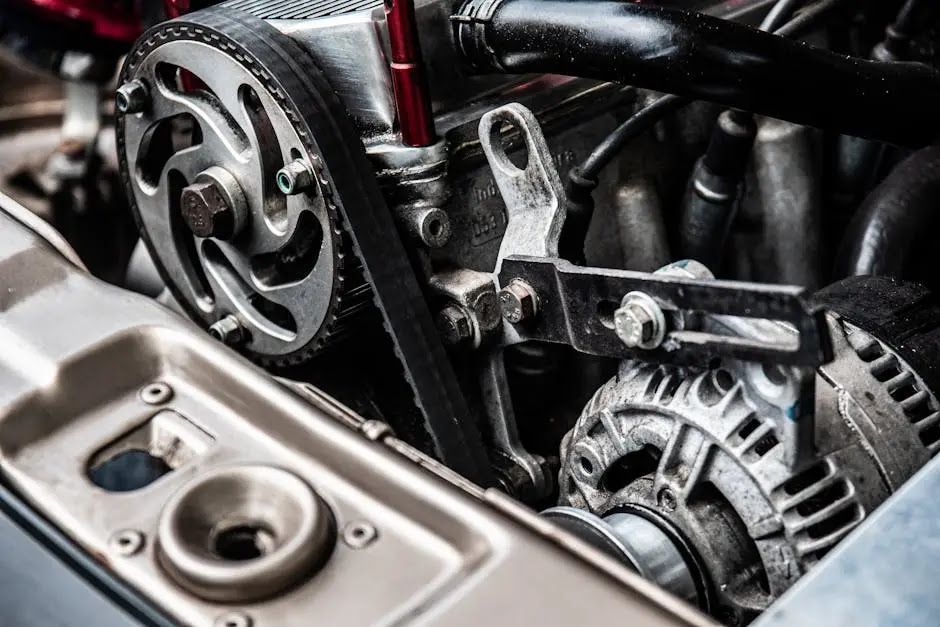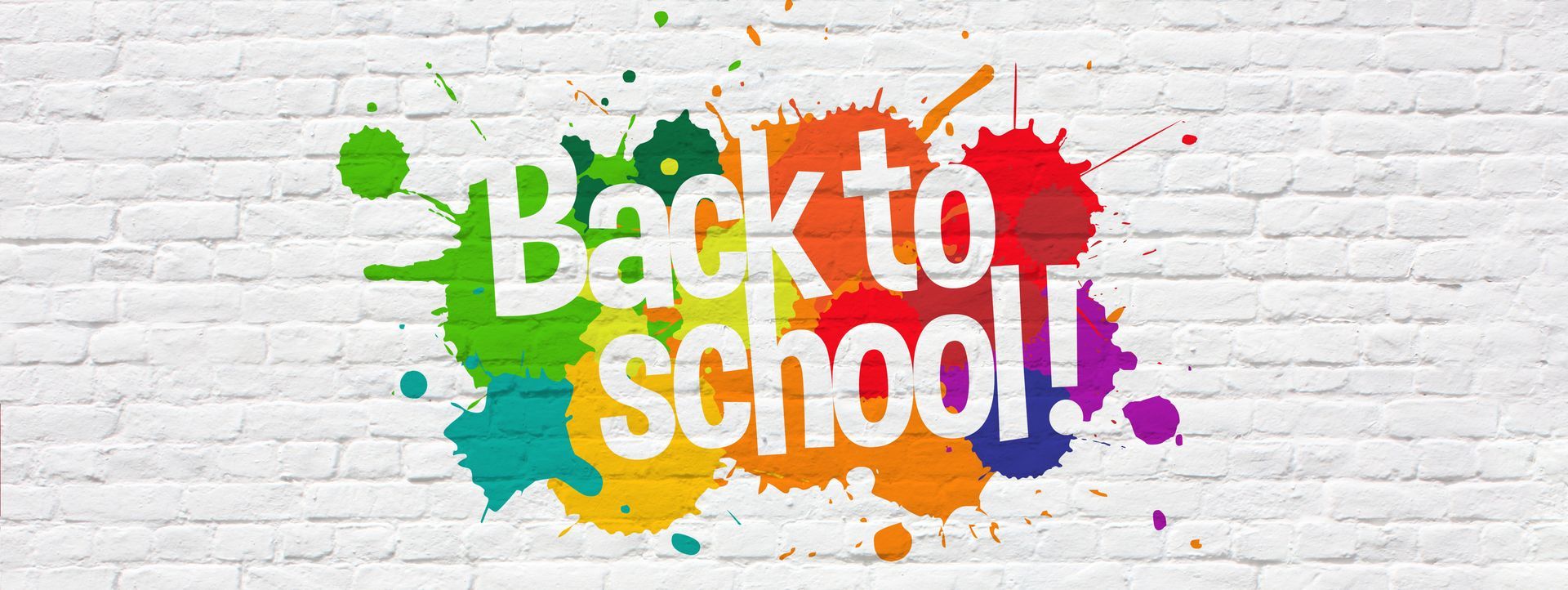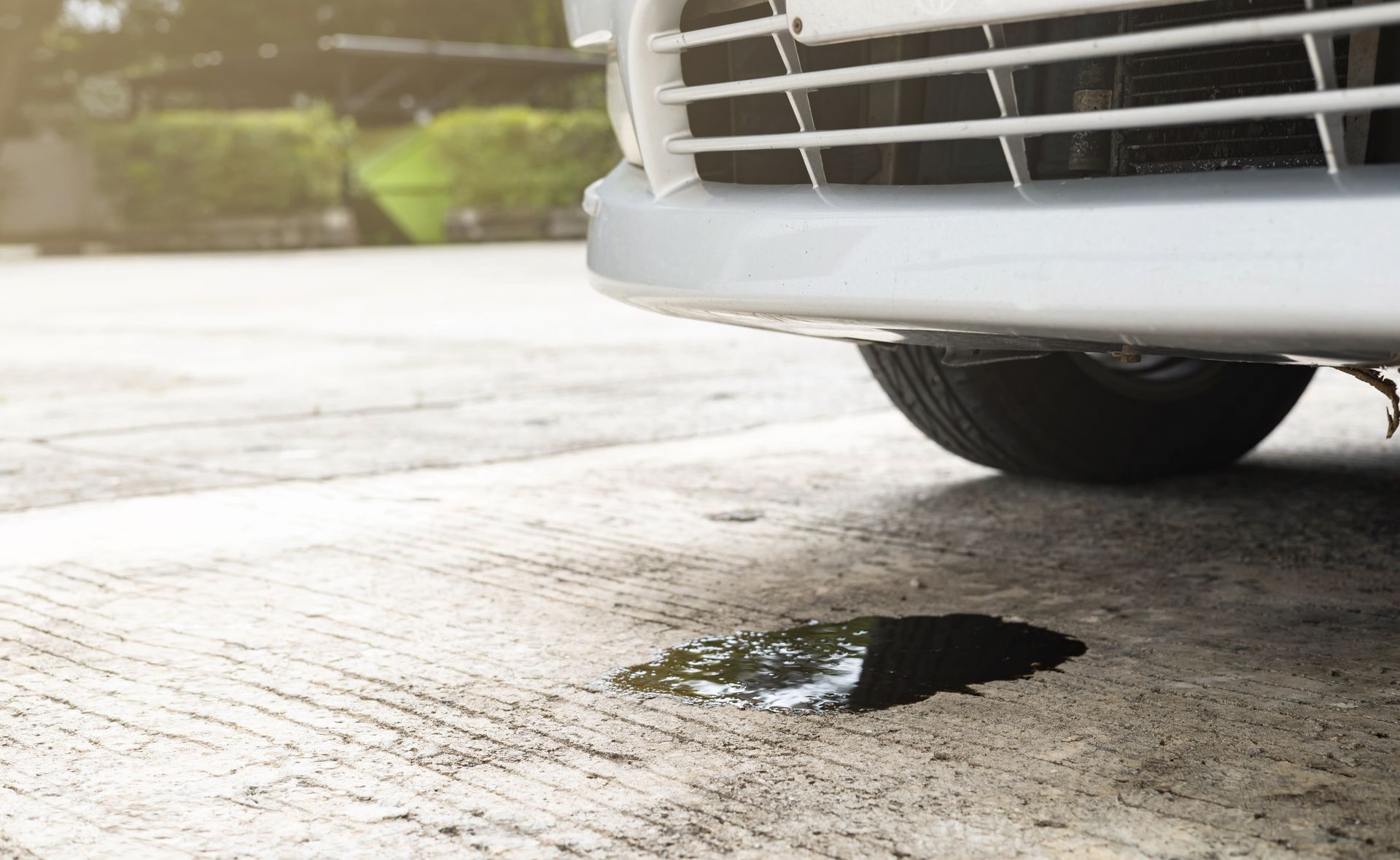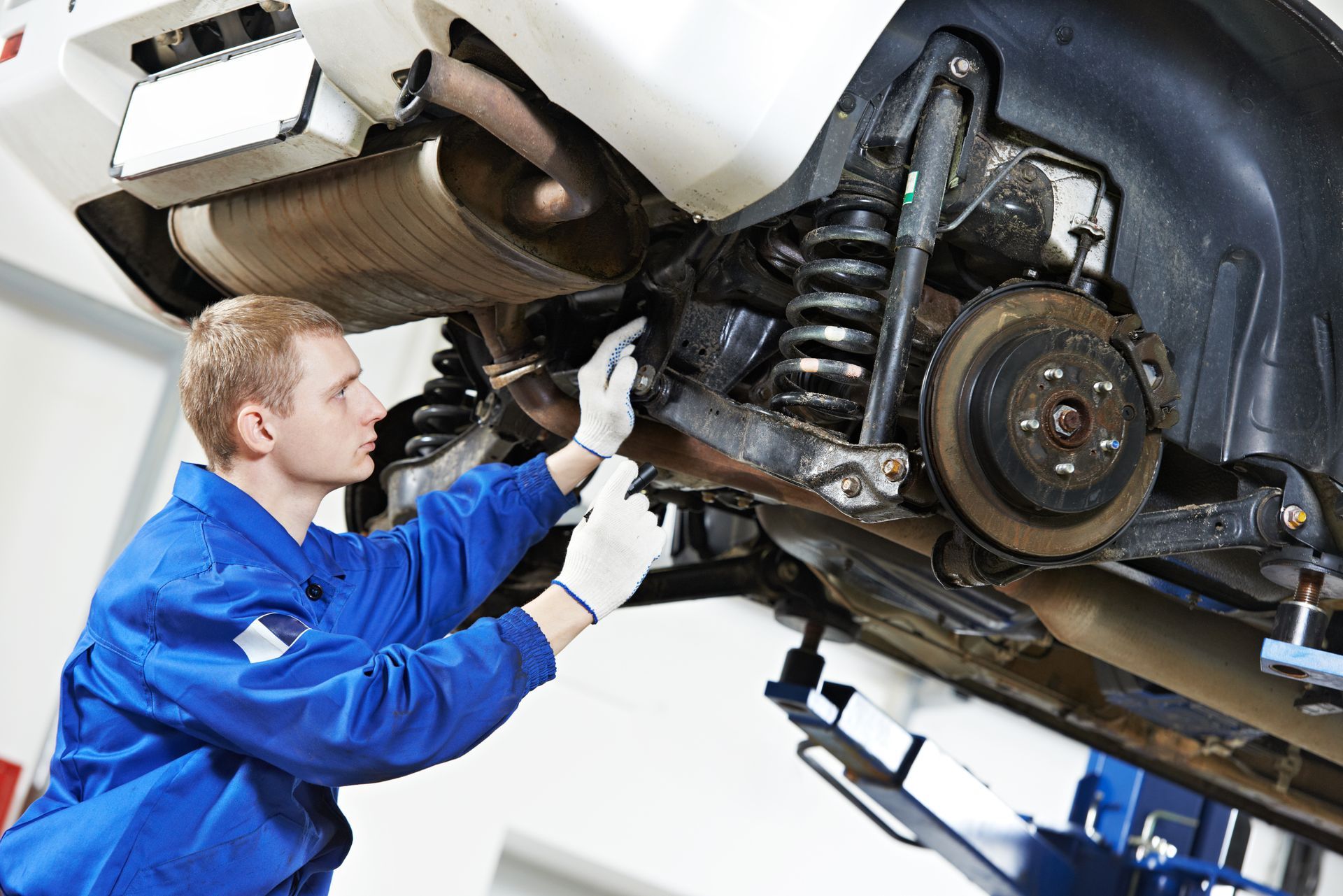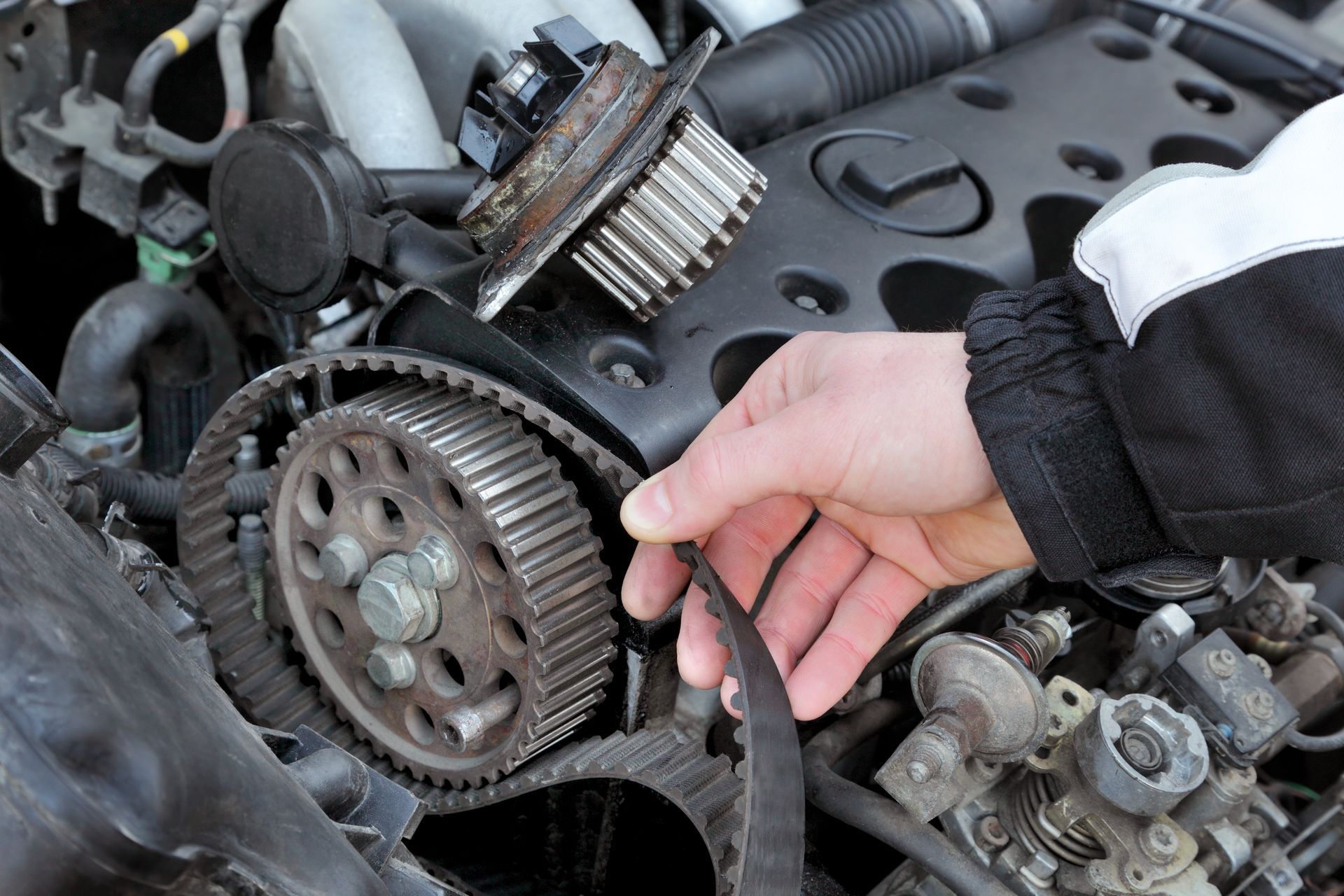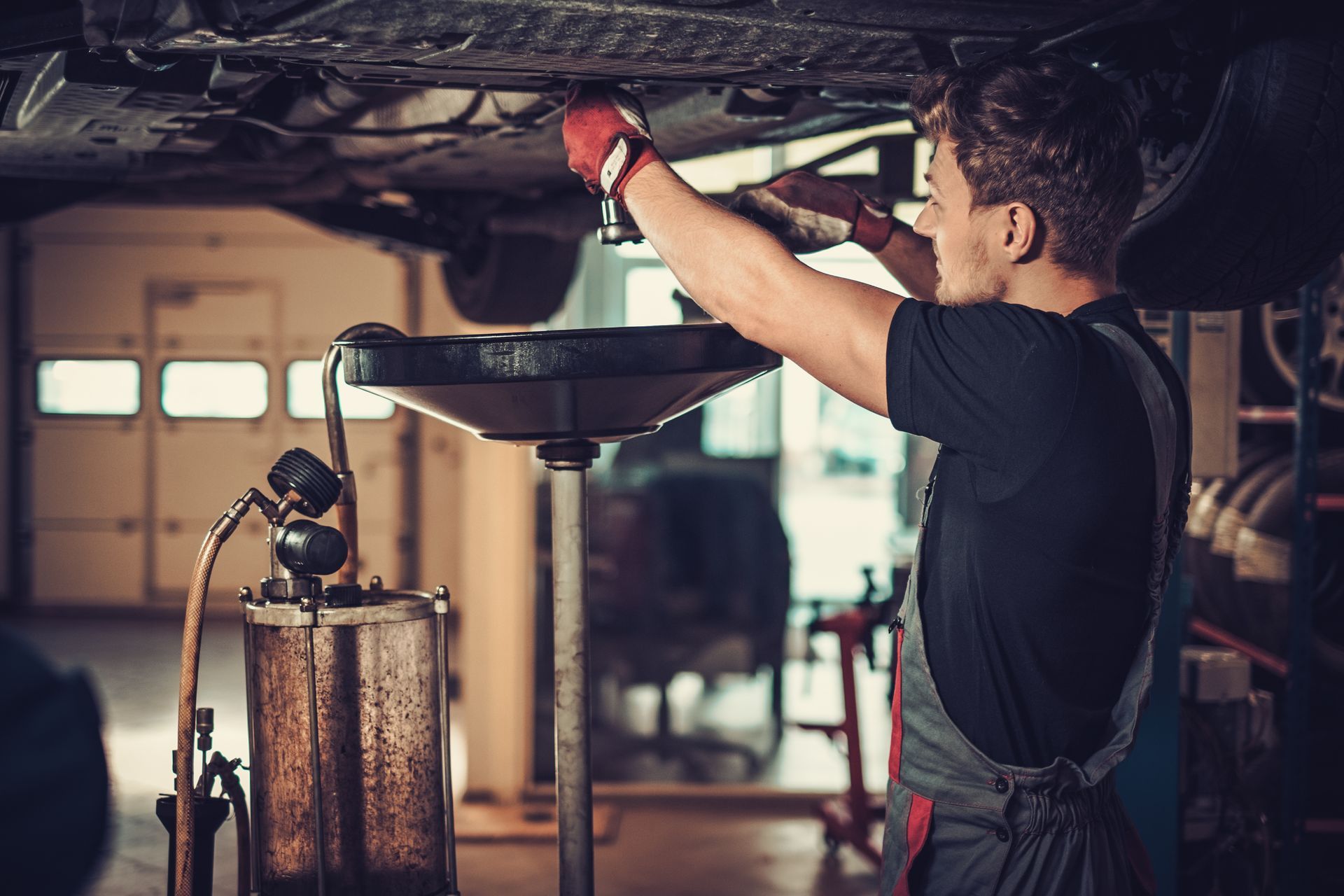If you're driving around Santa Clarita and something about your brakes feels different, it’s probably not your imagination. Brake problems don’t always show up with dramatic screeches or sudden failures. Sometimes, it’s the subtle changes that give you the most accurate heads-up. Paying attention early can keep things simple, safe, and far less expensive in the long run.
Here are five signs that mean your brakes need to be checked soon.
1. Spongy or Soft Brake Pedal
When you press your brake pedal, it should feel firm and respond quickly. If instead it sinks to the floor or feels unusually soft, something is off. Air in the brake lines, low fluid, or a master cylinder problem could be the culprit.
This kind of spongy response makes stopping distances longer and less predictable, which you definitely don’t want on a busy road or during stop-and-go traffic. If you feel this kind of pedal softness, it’s not something to “keep an eye on” for later. It’s time to get it looked at now.
2. Grinding or Squealing Sounds
Brakes are meant to stop your car quietly. When they start to squeal or grind, it’s often their way of getting your attention. A high-pitched squeal could mean the brake pads are worn and the built-in wear indicator is doing its job. Grinding, though, usually points to metal-on-metal contact between the rotor and the backing plate.
Once your pads wear down completely, your rotors start taking the hit. That’s when repairs get more expensive and your braking power takes a serious hit. If your car is sounding like a city bus every time you stop, don’t wait it out.
3. Vibration When Braking
Feel a vibration or wobble in the steering wheel or brake pedal when you slow down? That’s usually a sign that your rotors may be warped. Heat buildup from hard or frequent braking can cause rotors to lose their flat surface, leading to that noticeable shimmy.
Sometimes it’s subtle, almost like a buzz in your foot. Other times, it’s a full-blown shake that makes your whole front end feel off balance. Either way, it’s not normal, and it’s not going to get better on its own.
4. The Car Pulls to One Side
If your vehicle pulls left or right when you brake, uneven brake wear could be one explanation. Another is a sticky caliper, which keeps one side of the brake system from releasing properly. In some cases, old brake fluid or rusted components can cause one side to lag behind the other.
You might first notice this pulling when braking downhill or on wet pavement. It might not seem like a big deal, but it compromises your control and handling, especially during emergency stops.
5. Brake Warning Light Stays On
This one’s simple: if the brake light on your dashboard is lit, the system is trying to tell you something. It could be as simple as low fluid, or as serious as a failing ABS sensor. Either way, ignoring it isn’t a good move.
That little red or amber icon is easy to overlook when the car “feels fine.” But relying only on how the car feels can backfire. Modern systems are designed to detect changes before you do, so don’t brush off the warning light.
Need Brake Service in Santa Clarita? Visit Power Automotive
Brakes aren’t something you want to gamble with. Whether you’ve been noticing strange sounds or a change in how your car stops, a quick inspection can go a long way toward preventing bigger issues. At Power Automotive in Santa Clarita, our team can diagnose any brake issue, replace worn parts, and help you stay safe on the road.
Schedule a brake check today and get ahead of trouble before it slows you down

